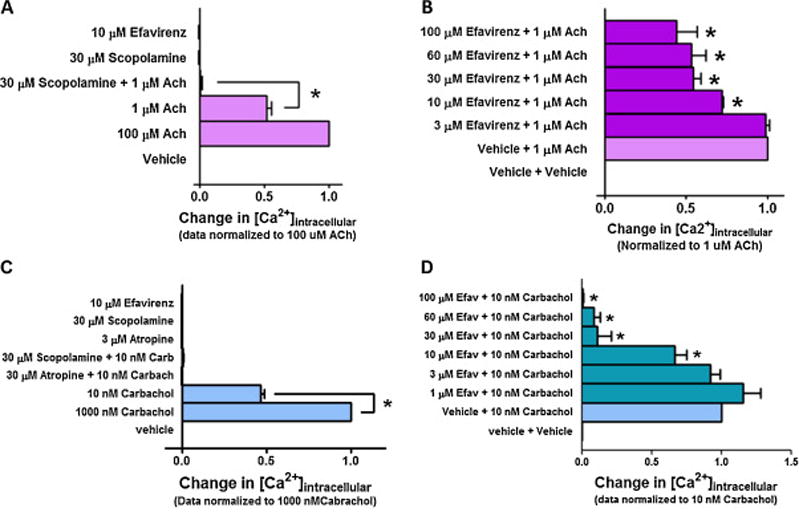Figure 8. Efavirenz partially inhibits the activation of the M3 muscarinic receptor, and completely inhibits the activation of the M1 muscarinic receptor.

Gq-signaling was measured as a change in intracellular calcium. All data are presented as averaged values from multiple experiments ± SEM. A, In untransfected HEK293 cells, efavirenz does not stimulate Gq-coupling as measured by changes in intracellular Ca2+. However, these cells express an endogenous Gq-coupled M3 muscarinic receptor [22–24] that was activated by acetylcholine, and this response was blocked by the muscarinic receptor antagonist scopolamine. B, Efavirenz partially suppresses ACh mediated M3 receptor activation at concentrations ≥ 10 μM but was unable to produce a complete block at the highest concentration that could be tested under these assay conditions. C, Efavirenz fails to stimulate Gq-coupling in CHO cells stably expressing the human M1 receptor, but this receptor can be stimulated with the muscarinic receptor agonist carbachol and the muscarinic receptor antagonists scopolamine and atropine completely block carbachol’s effect. D, Efavirenz antagonizes carbachol-mediated M1 receptor activation in a concentration dependent manner. At 10 μM there is a significant inhibition of the response produced by an EC50 concentration of carbachol (normalized to 100%) and a complete inhibition at concentrations ≥ 30 μM. A one-way ANOVA followed by Dunnett’s multiple comparison test was performed to identify significant differences between the agonist response in the absence of efavirenz compared to the agonist response in the presence of different concentrations of efavirenz. * P < 0.05 for those responses in the presence of efavirenz that are significantly different from the agonist response in the absence of efavirenz.
